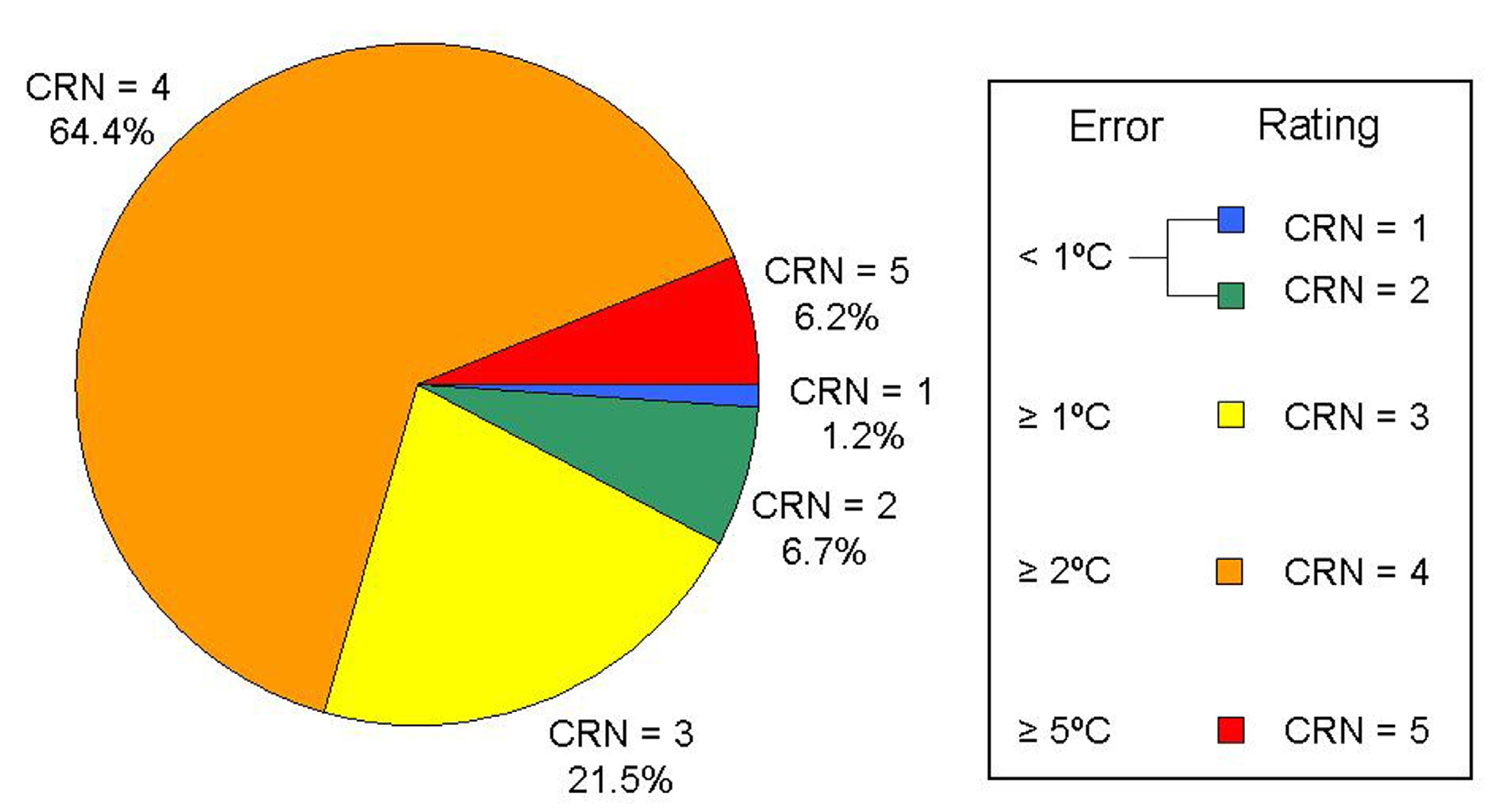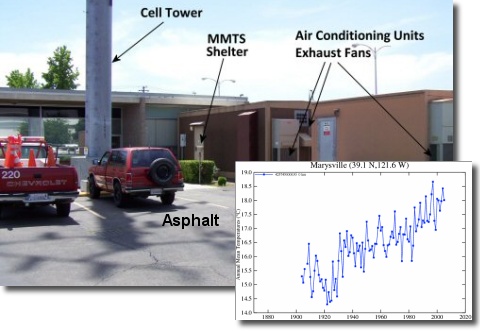Two new studies show climate affected by geological forces
After ten years of research the Plate Climatology Theory was formally introduced on October 7th, 2014 in a previous Climate Change Dispatch (CCD) post.
Recently the theory was presented at the American Meteorological
Society Annual convention in New Orleans on January 13, 2016, (refer here) thereby marking it “published” by a major and well recognized scientific organization.
 Figure
1. Geological heat flow from earth’s mantle is here shown breaking
through earth’s outer crust thereby altering earth’s oceans, atmosphere,
and climate.
Figure
1. Geological heat flow from earth’s mantle is here shown breaking
through earth’s outer crust thereby altering earth’s oceans, atmosphere,
and climate.
Now two recently published peer-reviewed studies, one from Harvard and the other from the Lamont-Doherty Earth Observatory, show the basic tenets of Plate Climatology Theory essentially correct. (see end for references)
Geological Forces play a major role in influencing climate and climate related events!
These studies both confirm that periods of active volcanism, tectonism (earthquake faulting), and associated chemically charged heat and fluid flow from earth’s major upper crustal continental drift plate boundaries directly affects Earth’s climate in a dramatic fashion, most notably by starting and stopping ancient glacial ice periods (Ice Ages).
This is a monumental step forward for Plate Climatology Theory.
This is because when the conclusions of the two above-mentioned studies is considered in context with a broad list of other ways geological forces influence or in some cases drive climate trends and climate related events:
The Sun, quite obviously, is the first order driver of earth’s climate, but a much neglected second order driver can contribute significantly to natural variations. The overall theory contends that periods of active earth tectonics and volcanism can be correlated to periods of active climate change and climate related events. To describe this new theory, the term Plate Climatology is designated.
In general, increased tectonic activity, either locally or globally, equates to more faulting and volcanic activity which leads to more heat and chemically charged fluid (air or liquid phase) release from these active geological features into both the oceans and atmosphere.
Altered heat and fluid input equate to climate change.
This effect has been largely hidden from scientific investigation because the heat and fluid release is primarily from two under explored/under monitored regions. First, earth’s Deep Oceans which contain major geological features such as Divergent Plate Boundaries (tectonic plate pull-apart boundaries), Transform Plate Boundaries (tectonic plate side sliding boundaries), Convergent Plate Boundaries (Subduction and Abduction Zones), and High Heat Flow Volcanic regions. The associated heat and fluid release from these geological features acts to alter ocean temperatures, densities, and chemical compositions. The “Altered Oceans” then influence or drive climate changes and climate related events.
Secondly, earth’s Polar Ice Caps which contain major geological features such as: Divergent (tectonic plate pull-apart boundaries), Transform Plate Boundaries (tectonic plate side sliding boundaries), and High Heat Flow Volcanic regions. The associated heat and fluid release from these geological features acts to alter sub-ice sheet temperatures. The altered Sub-Glacial Ice Sheets then influence or drive climate changes and climate related events.
Many connections between Geology and Climate are explored and explained in this theory.
Validation of the Plate Climatology Theory marks the beginning of a new era concerning how we move forward with research of, and more importantly reshape our views of what influences earth’s climate. It is now obvious that the study of climate must include many varying but interconnected aspects; atmospheric, oceanic, biologic, astronomical, and yes geologic.
It has always made common sense that if major geological plate boundary geological phenomenon have the power to move continents 2-3 centimeters per year, frequently create large tsunamis that mix thousands of feet of ocean column, support vast chemosynthetic communities, and contain 90% of the planets known active volcanoes that they can certainly/easily influence our climate and climate related events in a dramatic fashion. However it is no longer necessary to rely on just common sense when judging the validity of the Plate Climatology Theory (PCT). An absolutely mountain of compelling, diverse, and mainstream research now proves that the PCT is correct.
Not yet convinced? Check with scientists from Lamont Doherty and Harvard.
Note from author: Special thanks to the folks at Climate Change Dispatch for believing in, editing, and posting a theory from an unknown, non-university, and non-governmental geologist. CCD provided me with a vehicle to get my theory out to the public when other more mainstream outlets locked me out. It is important to note that in the now two years of association with CCD they never once asked me to alter / “sugar coat” any of the facts. To the contrary, whenever they found a technical error or misstatement in one of my articles they asked that I correct it, no matter the consequences. CCD is an excellent example of how the American Free Press System and the process of freelance journalism should work.
James Edward Kamis is a working Professional Geologist with an MS in Geology and AAPG member of 42 years who has always been fascinated by the connection between Geology and Climate. Years of research / observation starting in year 2005 have convinced him that the Earth’s Heat Flow Engine, which drives the outer crustal plates, is also an important driver of the Earth’s climate. References:
http://onlinelibrary.wiley.com/doi/10.1002/2014GL063015/full
http://www.sciencedaily.com/releases/2012/01/120130131509.htm
http://www.ldeo.columbia.edu/news-events/seafloor-volcano-pulses-may-alter-climate
https://www.youtube.com/watch?v=M6SQ933WCJo
 Figure
1. Geological heat flow from earth’s mantle is here shown breaking
through earth’s outer crust thereby altering earth’s oceans, atmosphere,
and climate.
Figure
1. Geological heat flow from earth’s mantle is here shown breaking
through earth’s outer crust thereby altering earth’s oceans, atmosphere,
and climate.Now two recently published peer-reviewed studies, one from Harvard and the other from the Lamont-Doherty Earth Observatory, show the basic tenets of Plate Climatology Theory essentially correct. (see end for references)
Geological Forces play a major role in influencing climate and climate related events!
These studies both confirm that periods of active volcanism, tectonism (earthquake faulting), and associated chemically charged heat and fluid flow from earth’s major upper crustal continental drift plate boundaries directly affects Earth’s climate in a dramatic fashion, most notably by starting and stopping ancient glacial ice periods (Ice Ages).
This is a monumental step forward for Plate Climatology Theory.
This is because when the conclusions of the two above-mentioned studies is considered in context with a broad list of other ways geological forces influence or in some cases drive climate trends and climate related events:
- Generate all El Niños / La Niñas events
- Melting of selected Antarctic Glaciers located atop the giant West Antarctic Rift / Fault System
- Melting of the base of the Arctic Sea Ice
- Slowing down the Gulf Stream ocean current
- Emitting significant amounts of methane and CO2 into the atmosphere
- Acting like deep ocean "forest fires" to diversify and spread coral reefs
- Significantly influence plankton blooms which largely control earth's atmospheric oxygen content
- Significantly influence the temperature and chemistry of the oceans
- Act in concert with normal atmospheric processes to control earth's climate
The Sun, quite obviously, is the first order driver of earth’s climate, but a much neglected second order driver can contribute significantly to natural variations. The overall theory contends that periods of active earth tectonics and volcanism can be correlated to periods of active climate change and climate related events. To describe this new theory, the term Plate Climatology is designated.
In general, increased tectonic activity, either locally or globally, equates to more faulting and volcanic activity which leads to more heat and chemically charged fluid (air or liquid phase) release from these active geological features into both the oceans and atmosphere.
Altered heat and fluid input equate to climate change.
This effect has been largely hidden from scientific investigation because the heat and fluid release is primarily from two under explored/under monitored regions. First, earth’s Deep Oceans which contain major geological features such as Divergent Plate Boundaries (tectonic plate pull-apart boundaries), Transform Plate Boundaries (tectonic plate side sliding boundaries), Convergent Plate Boundaries (Subduction and Abduction Zones), and High Heat Flow Volcanic regions. The associated heat and fluid release from these geological features acts to alter ocean temperatures, densities, and chemical compositions. The “Altered Oceans” then influence or drive climate changes and climate related events.
Secondly, earth’s Polar Ice Caps which contain major geological features such as: Divergent (tectonic plate pull-apart boundaries), Transform Plate Boundaries (tectonic plate side sliding boundaries), and High Heat Flow Volcanic regions. The associated heat and fluid release from these geological features acts to alter sub-ice sheet temperatures. The altered Sub-Glacial Ice Sheets then influence or drive climate changes and climate related events.
Many connections between Geology and Climate are explored and explained in this theory.
Validation of the Plate Climatology Theory marks the beginning of a new era concerning how we move forward with research of, and more importantly reshape our views of what influences earth’s climate. It is now obvious that the study of climate must include many varying but interconnected aspects; atmospheric, oceanic, biologic, astronomical, and yes geologic.
It has always made common sense that if major geological plate boundary geological phenomenon have the power to move continents 2-3 centimeters per year, frequently create large tsunamis that mix thousands of feet of ocean column, support vast chemosynthetic communities, and contain 90% of the planets known active volcanoes that they can certainly/easily influence our climate and climate related events in a dramatic fashion. However it is no longer necessary to rely on just common sense when judging the validity of the Plate Climatology Theory (PCT). An absolutely mountain of compelling, diverse, and mainstream research now proves that the PCT is correct.
Not yet convinced? Check with scientists from Lamont Doherty and Harvard.
Note from author: Special thanks to the folks at Climate Change Dispatch for believing in, editing, and posting a theory from an unknown, non-university, and non-governmental geologist. CCD provided me with a vehicle to get my theory out to the public when other more mainstream outlets locked me out. It is important to note that in the now two years of association with CCD they never once asked me to alter / “sugar coat” any of the facts. To the contrary, whenever they found a technical error or misstatement in one of my articles they asked that I correct it, no matter the consequences. CCD is an excellent example of how the American Free Press System and the process of freelance journalism should work.
James Edward Kamis is a working Professional Geologist with an MS in Geology and AAPG member of 42 years who has always been fascinated by the connection between Geology and Climate. Years of research / observation starting in year 2005 have convinced him that the Earth’s Heat Flow Engine, which drives the outer crustal plates, is also an important driver of the Earth’s climate. References:
http://onlinelibrary.wiley.com/doi/10.1002/2014GL063015/full
http://www.sciencedaily.com/releases/2012/01/120130131509.htm
http://www.ldeo.columbia.edu/news-events/seafloor-volcano-pulses-may-alter-climate
https://www.youtube.com/watch?v=M6SQ933WCJo
 Coccolithophore.
Coccolithophore. 













